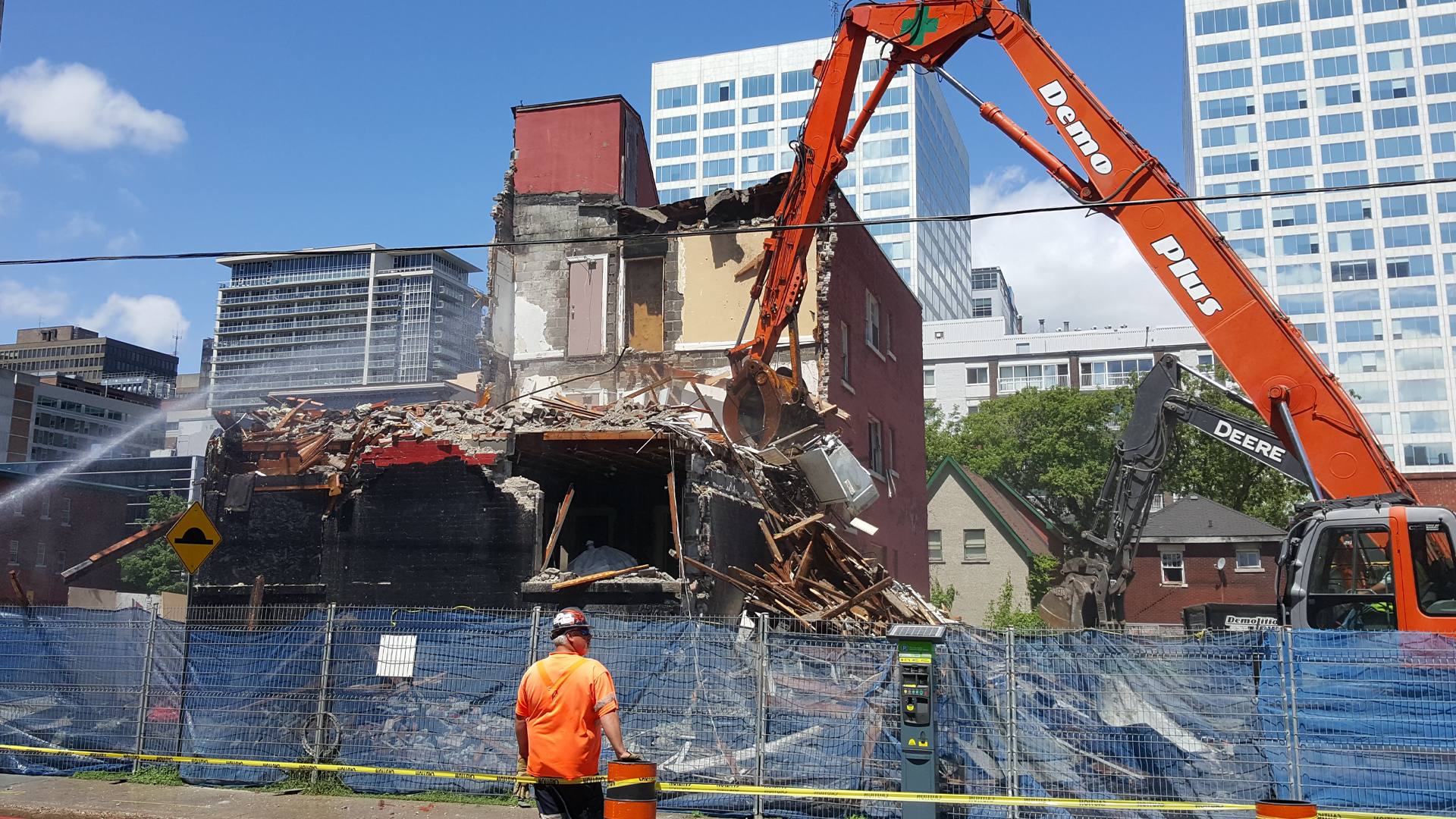Susan Ross has made a valuable contribution to our discussion of the role and importance of developing an effective strategy for retrofitting buildings. Given the tiny share of the total building stock accounted for by new buildings, retrofitting is key to achieving our climate change goals in the short- and medium-term. It also has the advantage of providing a major source of employment in the building industry, while making buildings more livable and healthy for their occupants.
One issue that could be discussed more extensively is the role of the construction workforce in implementing effective near-zero carbon retrofitting. Given the large variety of buildings, their different ages and the varying materials used, there is no single “cookie cutter” approach to retrofitting. Each building has its own unique challenges. This underscores the need for a well-trained, climate-literate construction trades workforce to carry out this work properly. It also underscores the need to invest much more in workforce development and training, not only by introducing climate issues into the curricula of our apprenticeship programs, but also by providing additional training and skills upgrading opportunities for those in the current trades. Effective retrofitting cannot be done by an unskilled workforce.
Unfortunately, Canada is still failing to recognize this reality. Too often, the role of the construction trades is taken for granted. We need a major investment in the construction workforce to provide it with the new skills that will enable it to implement the kinds of climate- friendly retrofitting that Ms. Ross so effectively advocates.





